eeg test for newborn baby
An EEG usually takes about 60 to 90 minutes. They did a CT scan a 30 minute EEG an EKG and then a 24 hour video EEG.
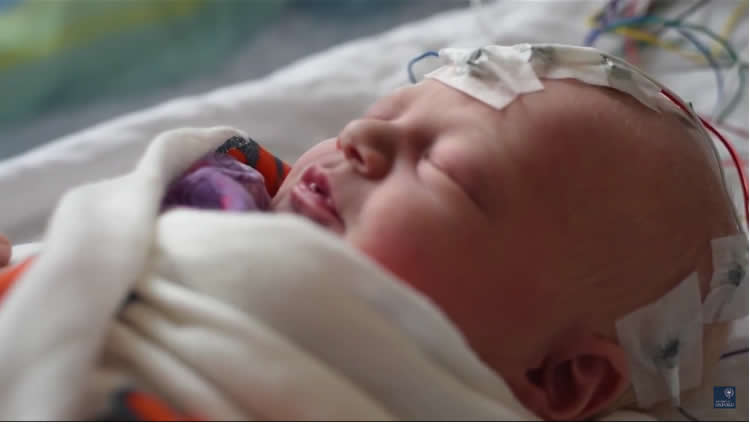
Using Simple Brain Scan To Detect Pain In Infants Neuroscience News
The Electroencephalogram of the Newborn.
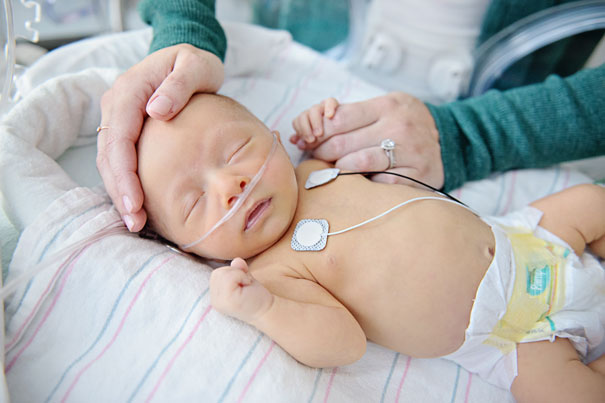
. Sedatives medications to help sleep may be needed if sleep wont come naturally during the test. Neurology at the chidrens hospital was immediately brought in. An EEG is a test that measures the electrical activity in your childs brain.
The wires are connected to a machine which reads the electrical activity of the brain. An electroencephalogram EEG is a test that measures the electrical activity in the brain brain waves. It can help healthcare providers decide what treatments your child needs.
The neonatal EEG has some very different clinical considerations for recording and interpretation. The health care provider performing the EEG will know your childs medical history and will be ready for any issues that could come up during the test. Just as with neonates though infants and childrenparticularly the first few yearshave an evolving EEG that requires a good understanding of its normal timeline for.
Most EEGs take about an hour. Special soft padded wires called electrodes are placed on the scalp. Small round discs with wires electrodes are placed on the scalp during the test.
EEG records the electrical activity of the brain and abnormalities on an EEG test measured between seizures can indicate a risk for seizures. An EEG can help diagnose or monitor any of the following. Twenty-four-hour continuous EEG monitoring means that specialists are monitoring your babys brain around the clock so that they can provide immediate care in the event of a seizure.
A test called an electroencephalogram EEG is essential for diagnosing and managing neonatal seizures. However babies with benign familial neonatal seizures usually have normal EEG readings. The EEG usually takes about half an hour.
The physiologist performing the EEG will explain the test to you and will be happy to answer any questions you may have. An EEG usually takes from 30 to 60 minutes to complete. Newborn EEG and also how the technique of neonatal EEG recording differs in a few ways from that of older patients.
EEGs are usually used to test for seizures or other abnormal brain activity. An electroencephalogram EEG is a test that detects electrical activity in your brain using small metal discs electrodes attached to your scalp. Sometimes a sleep recording is also required.
If your childs neurologist has ordered an EEG you may be wondering what the test will be like and whether or not it will be painful or traumatic for your. Because the appearance of the newborn EEG evolves considerably through prematurity and approaching term no single tracing can demonstrate all of the key findings. Sedatives medications to help sleep may be needed if sleep wont come naturally during the test.
Starship - EEG Test for newborn babie. EEG stands for electroencephalography and it is a neurological test that records the electrical activity in the brain. The electroencephalogram EEG which is usually so helpful in defining seizures is more difficult to interpret in newborns.
She was then given a 24 hour channel test for acid reflux apparently acid reflux can cause seizure like behavior and that test was very revealing - she has severe. Brain activity during brain surgery or a coma. Your childs doctor analyzes these patterns.
The electrodes usually look like small discs and are put on one by one. After the first month of life a baby graduates from being a neonate to an infant and thus also graduate from the neonatal montage to a standard 10-20 montage in terms of electrode placement. A series of wires are glued to the babys head.
The electrodes are not painful to your child. The electrodes will pick up activity in the brain. And we were released from neurology.
An EEG usually takes about 60 to 90 minutes. If your child needs to sleep during it the test will take longer. Thin wires connect the electrodes to a box that can record the childs brain wave activity.
EEG results show changes in brain activity that may be useful in diagnosing brain conditions especially epilepsy and other seizure disorders. Some EEG testing centres may record a video of your tests to help with diagnosis. Although the normal and abnormal patterns of brain electrical activity in newborns are becoming more clearly defined areas of uncertainty still exist and only specially trained pediatric neurologists can expertly interpret newborn EEG patterns.
A special type of glue holds the electrodes onto the childs scalp. An electroencephalogram EEG is a test that measures the electrical activity in the brain brain waves. Your brain cells communicate via electrical impulses.
A discussion will take place to decide on the best way to help your child settle during the test. The electrodes are not painful to your child. This activity creates patterns that can be seen on a computer screen.
Some babies are given a sedative before the tests so they are more settled. Understanding certain clinical details such as the conceptional aka conceptual age CA and the clinical state of the recorded patient is essential for interpretation of the neonatal EEG. EEGs are done at Auckland City Hospital.
This may be sitting on your knee lying in your arms lying on a bed or in a car seat or buggy depending on your child. The indications for the conventional neonatal EEG include assessment of age and maturity. You might be able to stay in the room with your child or you can step outside to a waiting area.
If the patient is a baby or young child it helps if the parents delay the childs nap until the time of the EEG. This is done by attaching small electrodes to the childs scalp. By measuring and recording brain activity an electroencephalogram EEG shows if a newborn in the neonatal intensive care unit is experiencing seizures or other abnormal brain activity.
Brain infection disease or injury. If the patient is a baby or young child it helps if the parents delay the childs nap until the time of the EEG. The neonatal EEG follows a rapidly evolving time course that reflects the maturation of the babys brain and uses a limited montage with a focus on the midline and vertex regions Babies should be nearly fully synchronous and reactive by 32 weeks PMA Discontinuity is common particularly in very early stages of neonatal studies but by 40 weeks PMA discontinuity should be limited.
Small round discs with wires electrodes are placed on the scalp during the test. An EEG electroencephalogram is a test that gives information about the health and functioning of the brain. Updated on January 7 2022.
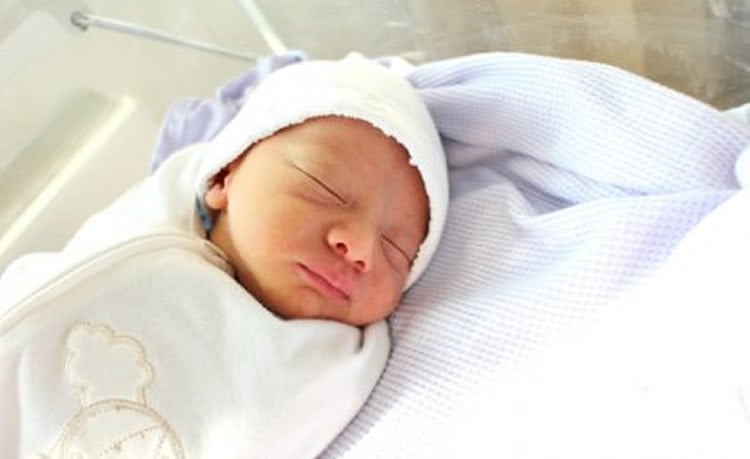
Babies Slow Brain Waves Could Predict Problems Neuroscience News

Neonatal Number Two May Foretell Allergy Medpage Today
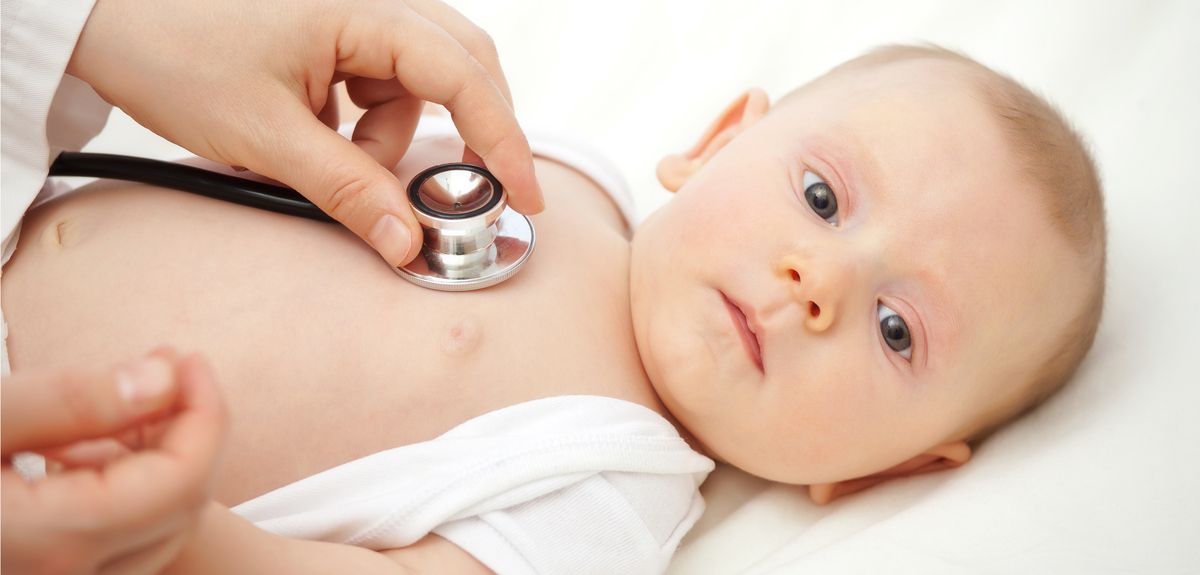
Using Pain Related Brain Activity To Improve Pain Relief In Infants University Of Oxford
Seizures In Newborns Epilepsy Foundation

Understanding Newborn Brain Damage Causes And Treatment
Unl Newborn Infants At The Hospital Developmental Brain Laboratory

Diagnosis Of Infant Seizures Epilepsy Foundation
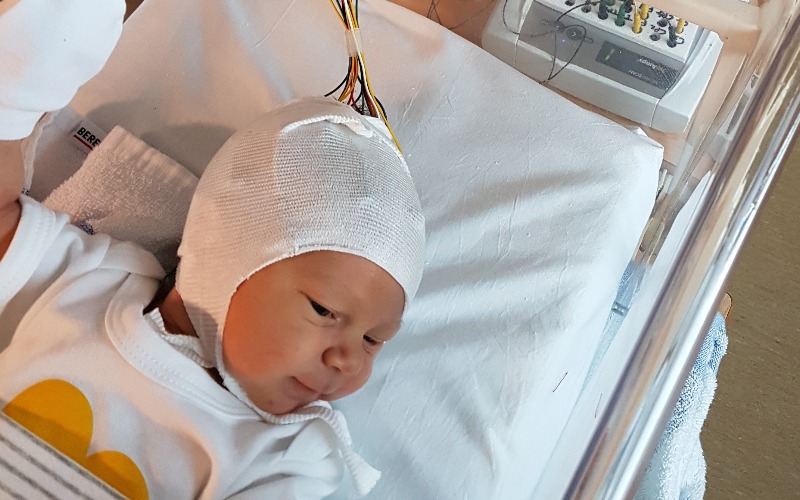
Parental Touch Reduces Pain Responses In Babies Brains Ucl News Ucl University College London
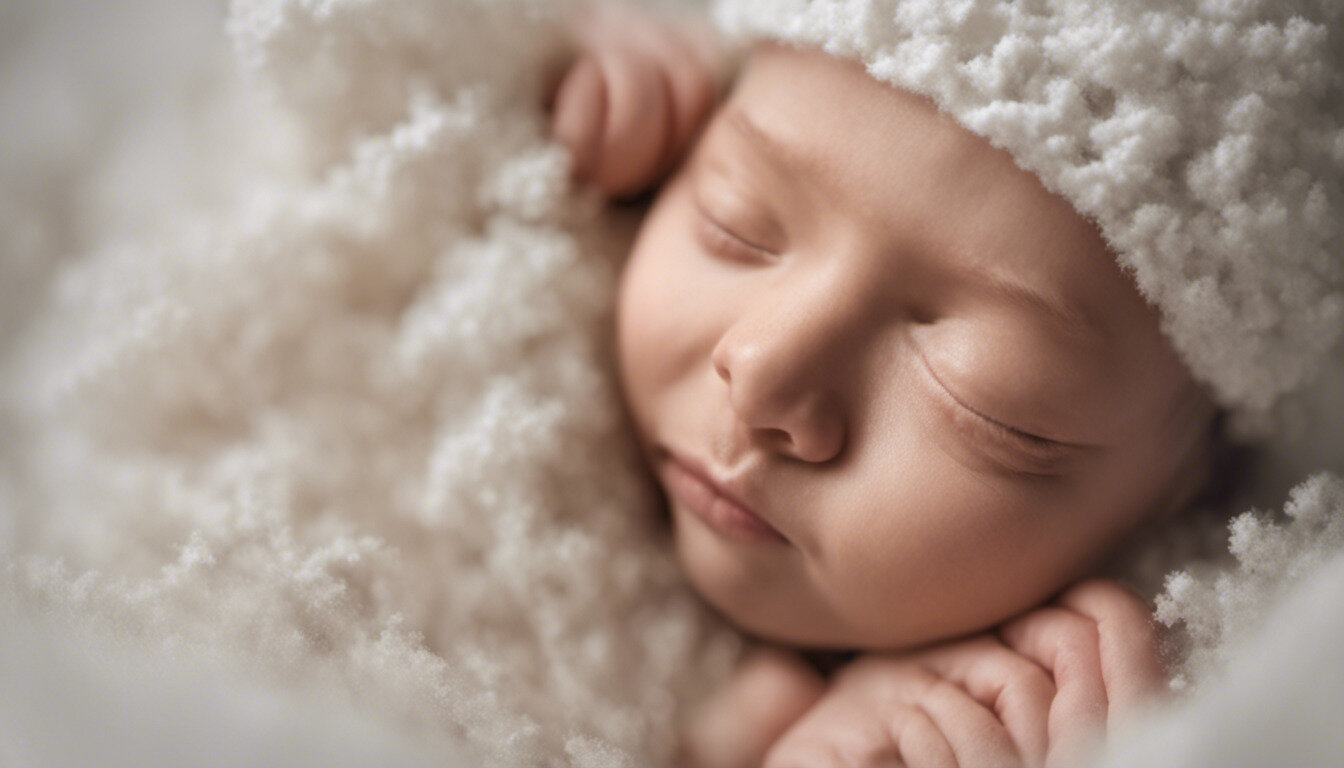
Newborn Baby Development Has Been Vastly Underestimated Study Shows

15 Brilliant Ways To Calm Your Baby Baby Health Baby Crying Baby
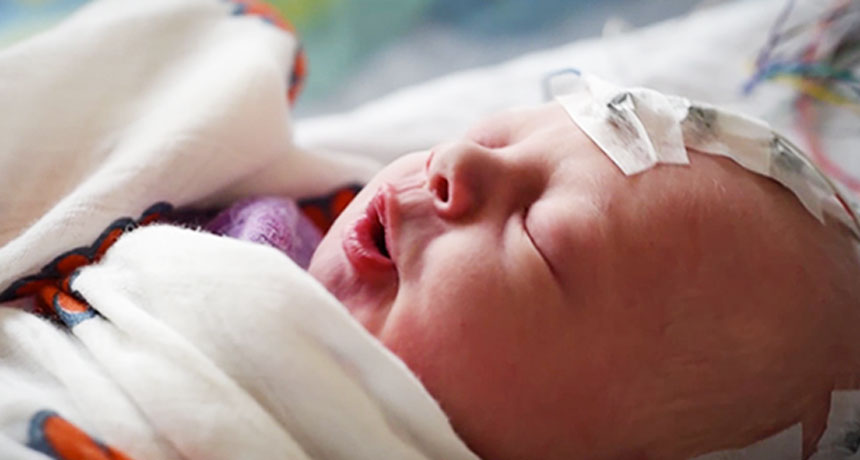
A Baby S Pain Registers In The Brain Science News

Autism New Test Can Diagnose Disorder In Babies As Young As 3 Months Kidspot
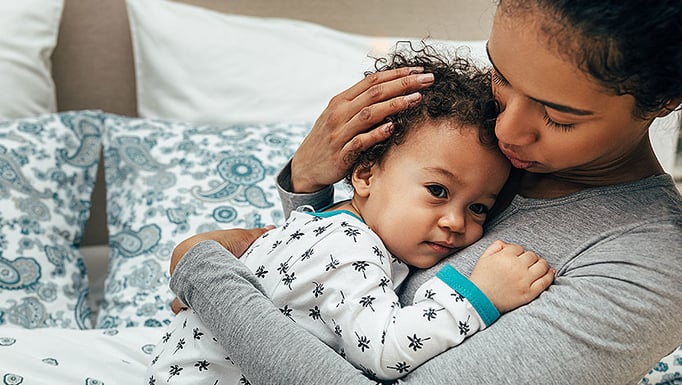
Early Detection Of Seizures In Infants Crucial To Brain Development Uchicago Medicine

Newborn Babies May Be More Developed Than We Think Neuroscience The Guardian



